If you already own a horse, then you know all the expenses of horse care. However, you should learn something about the costs of maintaining a horse if you plan to buy one. The crucial thing is to differentiate necessary expenses and initial ones you can avoid, like things for stall decoration.
Having a horse can be a wonderful experience with many exciting days full of adventures and exploring, and there is no need to spoil it with bad surprises. Therefore, it is necessary to calculate how much does it cost to board a horse on time.
Boarding Costs
If you live in an apartment or a small house, you probably don’t have enough space for boarding a horse by yourself. Therefore, you need to find an acceptable solution like an appropriate boarding stable and pay an annual fee for that service.
| Service | Annual fee |
| Full care boarding | $3,600 to $8,400+ |
| Partial-board care | $3,600 to $5,400+ |
| Pasture board | $1,800 to $4,800+ |
| Self-care board | $1,200 to $2,400 |
| Boarding a horse on your own | Significantly varies |
Be prepared that boarding fees will differ depending on a boarding stable’s location. The price will also be higher if the place is closer to the city or in an urban area.
Full Care Boarding
That is probably the most popular boarding option you can choose because it provides complete care for your horse without your direct engagement. Your part of the job is to come and visit your horse whenever you want and take it for a ride.
Boarding stables usually provide training lessons for you if you choose a complete care boarding they offer. In that case, you can choose among the different training levels available, depending on your riding skills.
Plus, most of these places organize various shows and sales you can be interested in. Full care boarding service includes a full-service package:
- Stall and pasture access
- Facilities usage
- Healthy food provided twice a day
- Hay or pasture for your horse, depending on the season
- Refilling water buckets
- Turn-out and stabling handling
- Temperature controlling in winter months
- Regular vet and farrier checking
- Accessing a personal tack and supplies
Even though this program seems perfect, it has both benefits and disadvantages for both you and your horse:
Pros
- Barn staff takes care of all horse needs
- Your horse has its stall to spend time there during bad weather
- You don’t need to take care of food and hay purchasing
- There are no reasons to worry about the horse’s medical care and horseshoeing
- You can access every facility and a separate room for your equipment whenever you want
Cons
- It is the most expensive program you can choose
Partial-board Care
Many horse owners prefer this option because of its price. It basically means sharing the daily obligations of your horse with the boarding stable as a convenient way to save some money and spend enough time with your animal.
Partial-board care is an excellent solution because you have more control over your horse’s needs. Plus, you can choose the food quality you find the best. This program can vary depending on the stable boarding policy, and there is a possibility to make the agreement you prefer.
In most cases, you need to take care of food, hay, and other supplements. On the other hand, the stable boarding staff will follow the feeding schedule and housing. This program type usually includes:
- Adequate and professional staff will feed your horse
- You will get space to store horse equipment
- You have pastures to train and ride your horse at your disposal
- The boarding stable will provide water buckets, electricity, and lights in a stall
Pasture Board
This boarding option is not much different than the full care boarding and provides almost the same services. The only significant difference is that your horse is not located in a stall but spends time with other horses that live on a pasture every day.
This option allows horses to live a life closest to the one in nature and the wild. If you choose this way, your horse will be free to move around the pasture throughout the day and enjoy spending time with other animals. Pasture boarding option includes:
- Pasture for your horse and adequate accommodation according to agreement
- Water buckets and food when necessary
- Scheduling a proper vet care
- Room for horse’s stuff
As always, you need to be aware of many advantages and downsides of this option in advance:
Pros
- It is a place that fulfills your horse needs, including food
- You have access to all facilities
- Boarding stable provides regular vet and farrier appointments
Cons
- Your horse doesn’t have access to a stall but spends all the time outside on the pasture
Self-care Board
This boarding program is exactly what it says. You need to take care of all horse needs while keeping the animal on someone else’s property. People in a boarding stable will keep your horse in their stall, but nothing more than that.
It is on you to come and feed the animal two times a day and call the vet and farrier when needed. Your job is to organize pastures for the winter months, provide your horse with adequate supplements, take it for a ride, and pay for transportation.
This program is very suitable for you if you have a lot of free time and want to have a horse but don’t have enough space for it.
This program type is the most affordable option for you as an owner. On the other hand, it is not very popular among boarding stables since it is not profitable. Therefore, be prepared to spend days looking for this option. Such a program offers:
- Land for the horse
- Facilities to use if necessary
Like any other solution, this one has a few good and bad sides, including:
Pros
- That is a way to spend time with your horse every day
- You are included in several hours of horse care
Cons
- You are the only one responsible for horse needs, and you should provide food and other necessities
- All required vet and farrier appointments are your concern
Boarding the Horse at Your Place
If you live in the countryside, you probably have enough space to take care of your horse on your own. It is for sure a great experience, especially if it is your first horse.
Boarding a horse at home will allow you to control all its needs, including quality nutrition and proper health and physical care. As always, there are many advantages and disadvantages to this option. Let’s take a look.
Pros
- You are the only one that is in control over your horse and its wellbeing
- The horse will be with you every day, and you can spend quality time together whenever you want it
- You can train your animal by your wish at any time you choose
- You can make a feeding schedule and apply it as you wish without depending on the boarding stable’s timetable
Cons
- You are responsible for building and decorating a barn and other vital objects for your horse
- You can’t go anywhere for long unless you have someone that will take care of your horse
- If you are the only family member interested in horsemanship, you will need to ride your horse alone every day
- Water and electricity bills are your responsibility
If you are a horse lover and have your own ranch, you should keep your horse with you. That is an excellent way to connect with your animal and make the best out of that relationship.
Things That Increase Fees
Many boarding stables give more than a primary boarding service. Most of them organize training, lessons, shows, daily activities, and even sales. In such a case, you should be prepared that these activities affect fees.
Basic horse needs |
||
| Service name | Price per unit | Price per year |
| Hay | $4 for half a bale daily | $730 for six months |
| Mineral supplements | $0.17 | $63 |
| Salt blocks | $0.04 | $15 |
| Concentrate | $1 | $365 |
| Farrier | $35 once a month | $420 |
| Deworming | $20 four times a year | $80 |
| Dentistry | $125 once a year | $125 |
| Vaccination | $95 twice a year | $190 |
| Total | $1,896 | |
Training – This service for inexperienced riders costs approximately $200 over the boarding price. You can arrange training in different sections for that additional fee. It is also possible to agree with the boarding stable on the lesson type you need. If you prefer private lessons, they will cost you at least 50 dollars each.
Shows – Boarding stables often organize shows like a day trip for children, humanitarian action, competition, or exhibition. Prices will differ depending on the event type.
Extra expenses – Special food some horses need is often more expensive, increasing your final annual fee. You also need to call a vet and pay an extra bill if your horse gets sick or requires additional treatment.
Summary
Luckily, you have a few boarding options available for your horse, so finding the best solution according to your spare time and projected budget is not complicated. While boarding stable is a convenient and reliable solution, having your own place will offer you more freedom. As always, the final decision will be up to you.
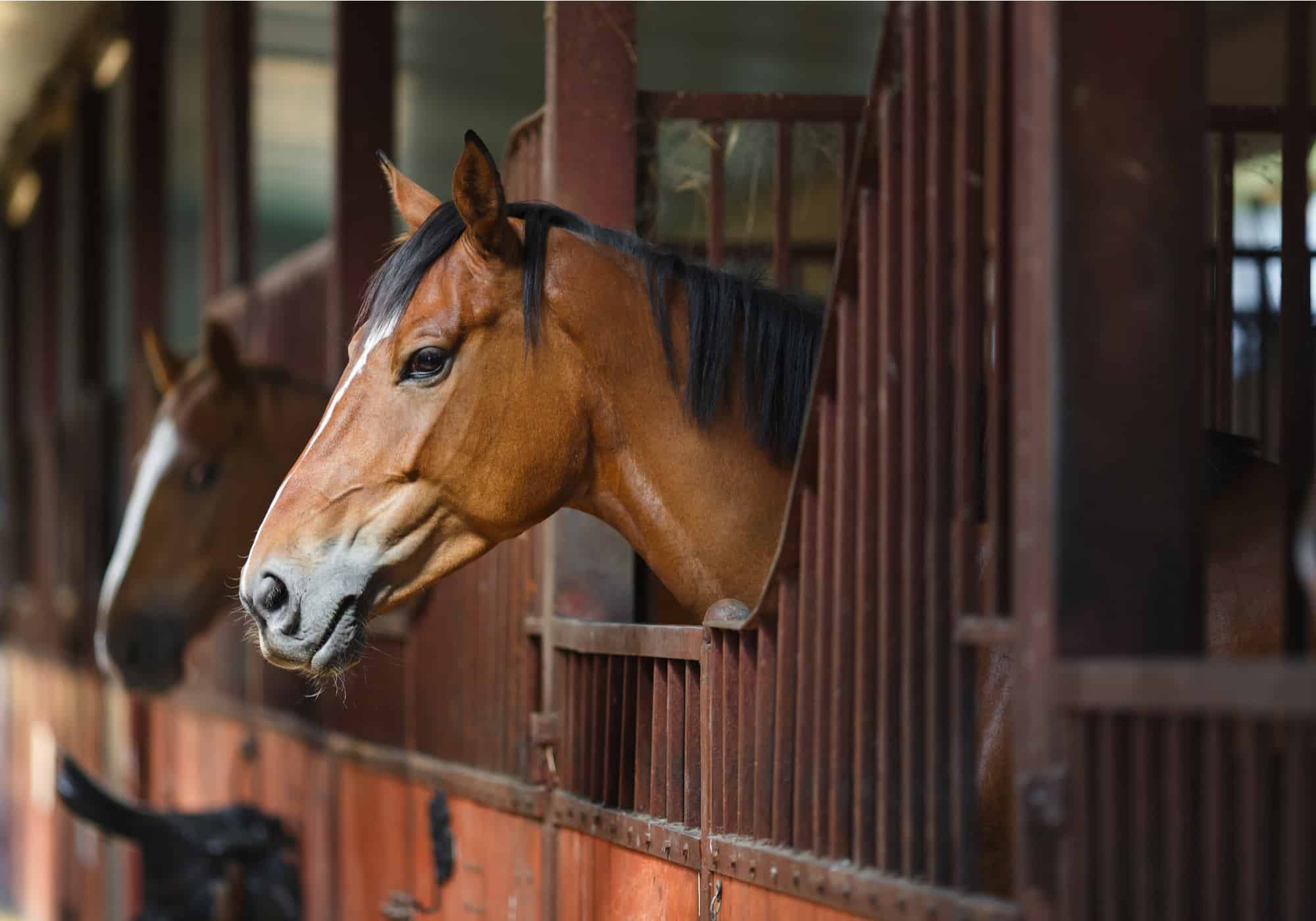
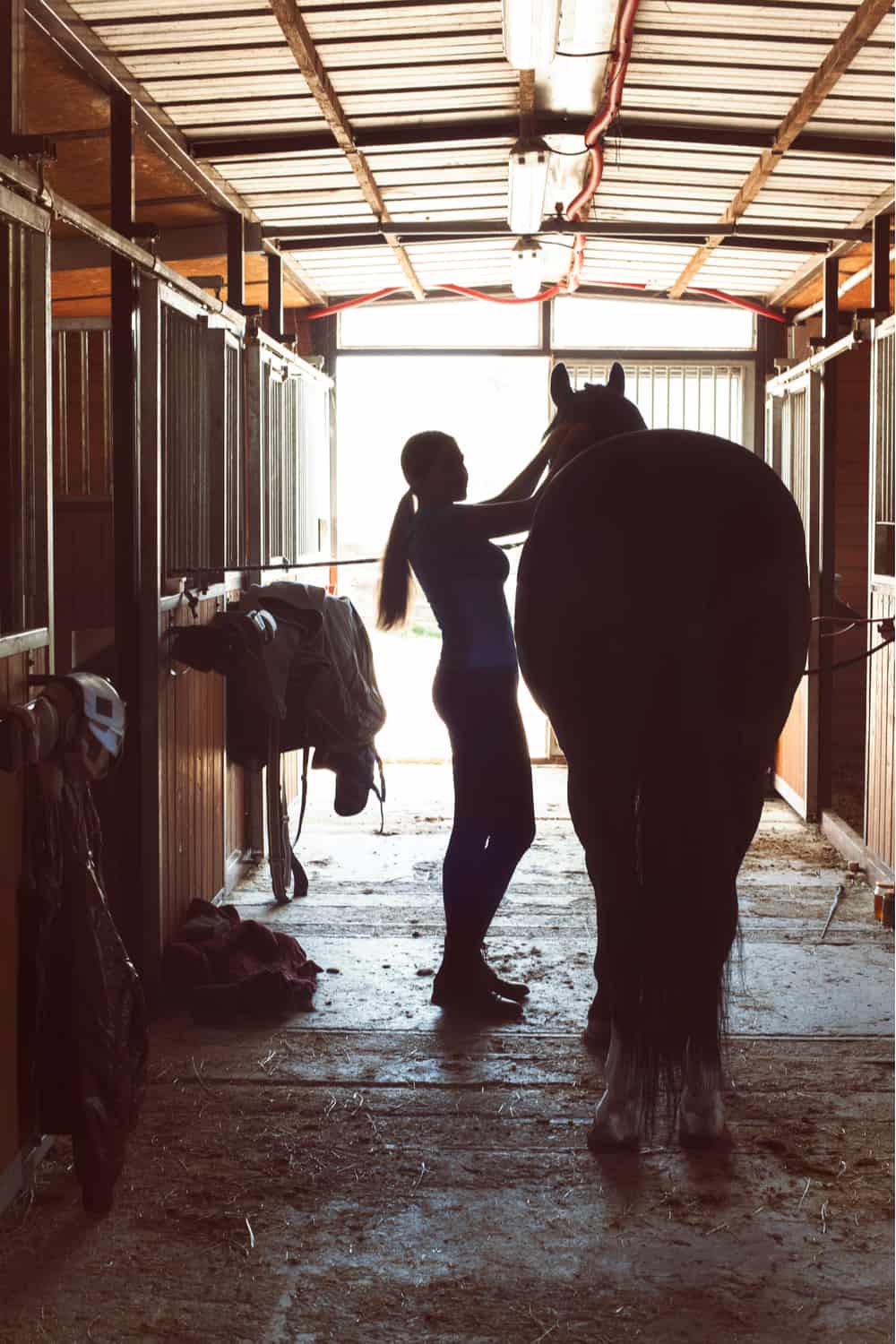
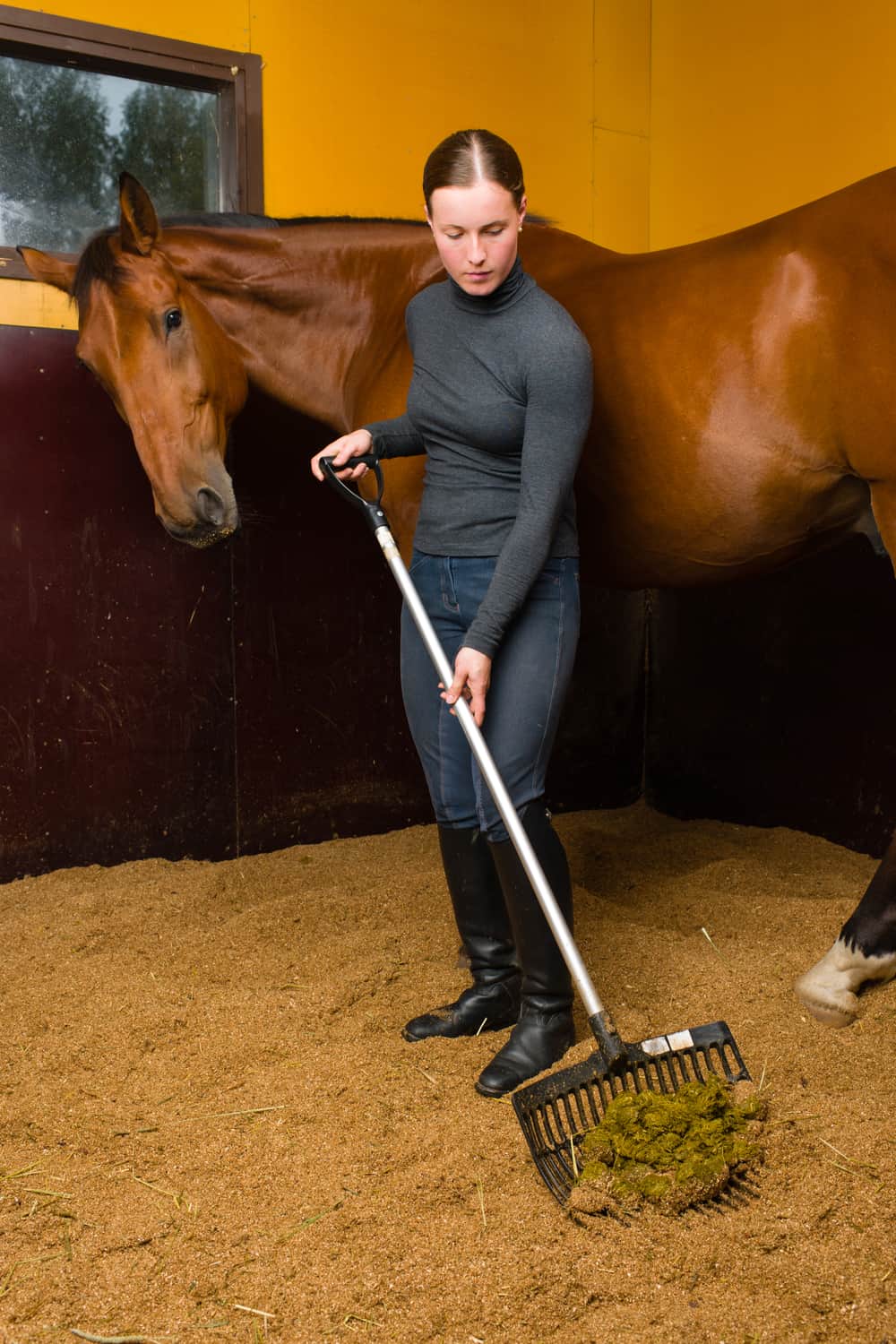
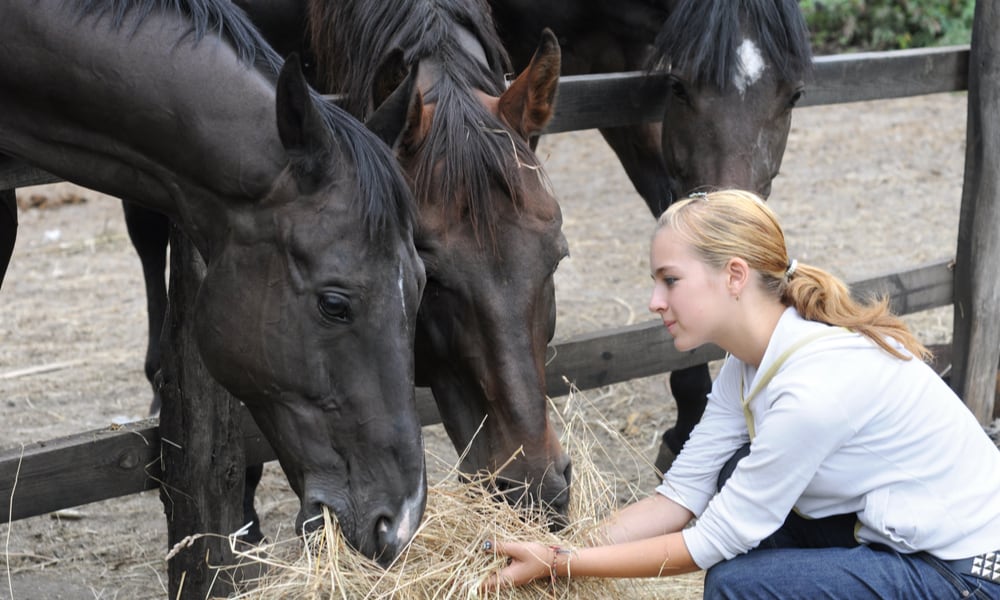
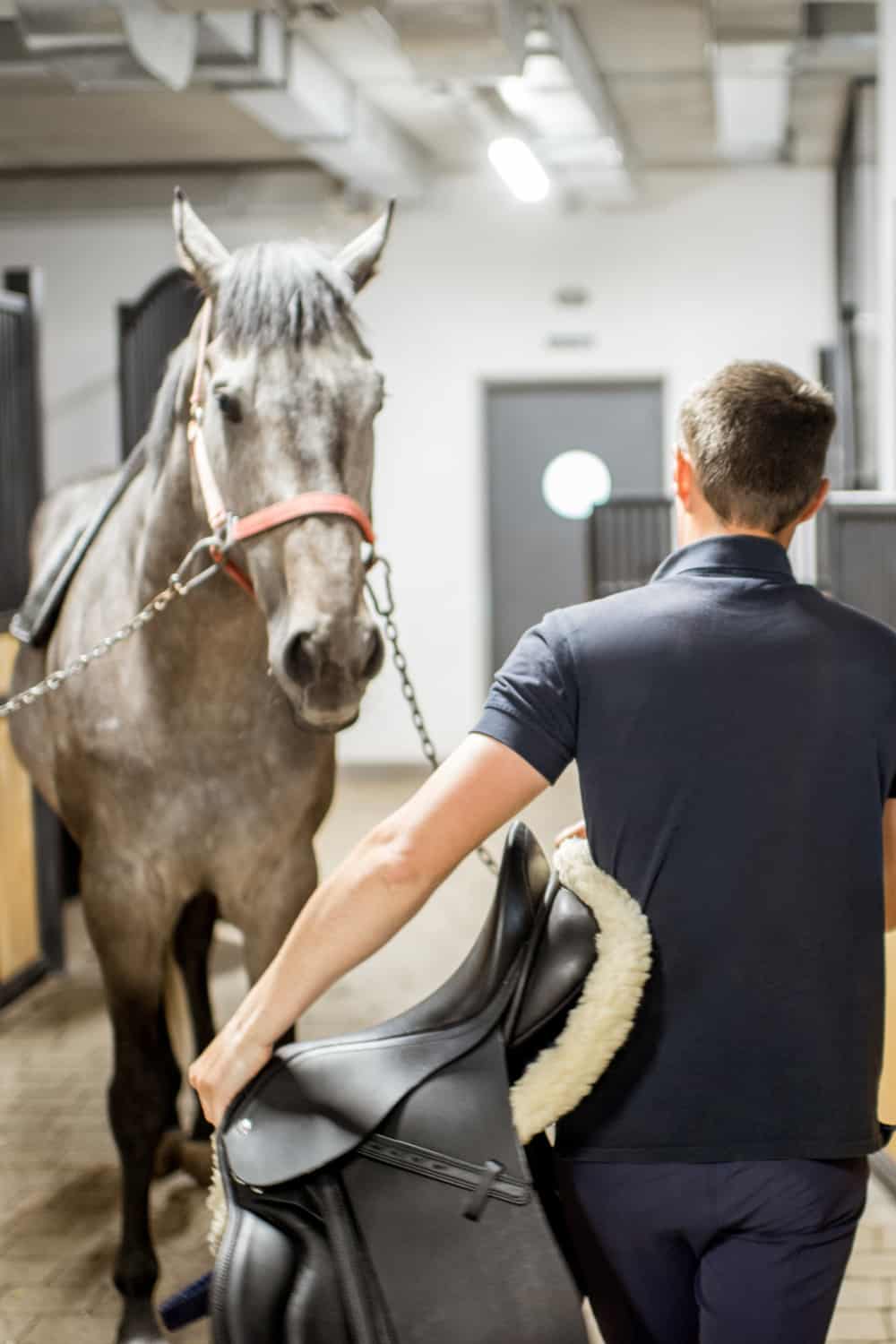
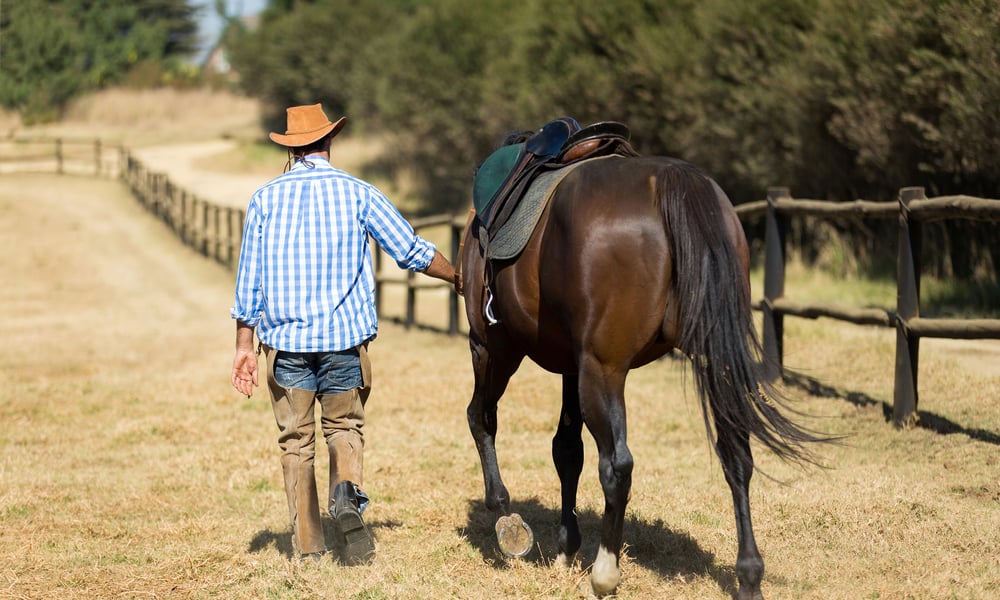








I love learning about horse care! This post was very informative.